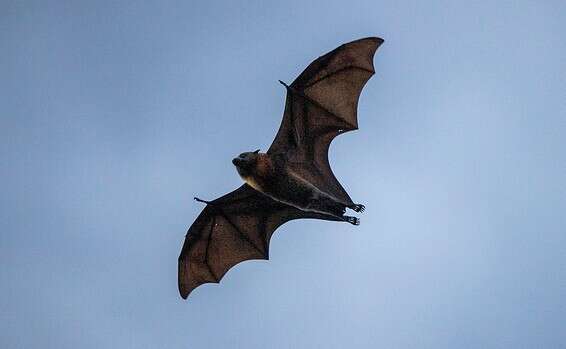In the heart of Fiji's remote island of Vanua Balavu, biologists studying bats have embarked on an extraordinary journey. When they entered deep into a local cave, after descending deep through the crevices of the rocks and diving through an underground pool, they encountered a breathtaking sight: a huge natural room filled with thousands of tiny Pacific Ashman-tailed bats. This discovery marked not only the discovery of the largest known bat cave in the Pacific, but also new hope for a species previously believed to be on the verge of extinction.
The Pacific Sheath-tailed bat is an enigmatic species, with a soft chocolate-brown coat and weighing only five grams – only slightly larger than a moth. These tiny creatures went on amazing journeys across the Pacific hundreds of years before humanity settled them. Amazingly, closely related species of bats can travel distances of up to 160 kilometers in one night. The Pacific Islands have a wide variety of bats, from tiny insectivorous species to fruit-eating flying foxes (yes, that's the official name of a bat species).
Pacific sheath-tailed bats once thrived across Australia, but their numbers have declined significantly, and some subspecies are now on the verge of extinction. The discovery of this thriving bat population in the cave sparked a spark of hope and passion among conservationists such as Sitri Tikoka, a conservation biologist from Fiji, who emphasizes the urgent need to protect the bats and their environment, so that bats in this cave do not have what happened to the bat population in another cave on a nearby island, which in 2018 counted about 1,000 bats, and in 2019, after most of the nearby forest was evacuated, Only a few hundred remain.
Insect-eating bats are essential for maintaining a delicate balance in their habitats, as they help curb populations of disease-carrying mosquitoes and pests in crops. Understanding their ecological impact is the first step towards potential relocation efforts aimed at reviving their dwindling populations. Conservation International has already pledged to partner with local indigenous communities to protect the new sanctuary for these bats.
Wrong? We'll fix it! If you find a mistake in the article, please share with us

